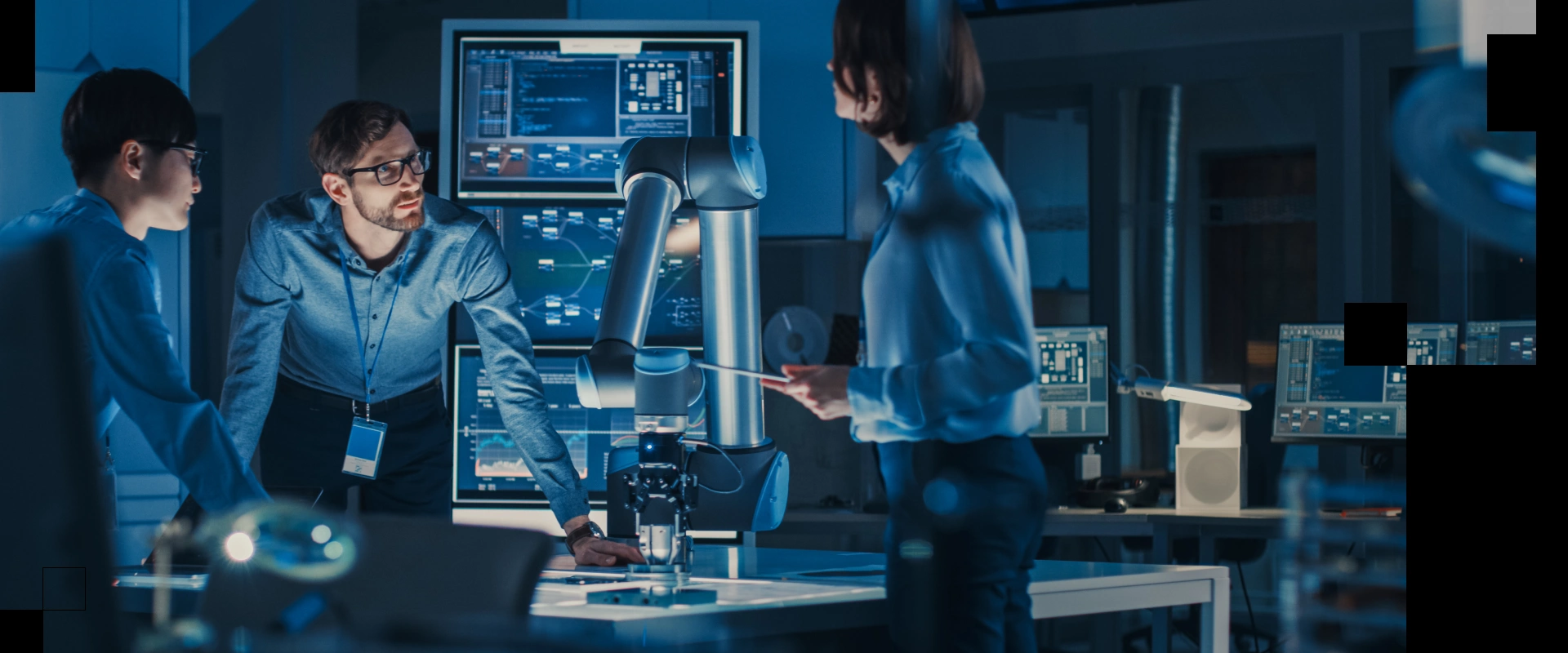
06-10-2025
The AI landscape is shifting from experimental technology to business-critical infrastructure. It is no longer an optional enhancement but a fundamental reimagining of how businesses operate, make decisions and create value. As we move through 2025, four key trends are reshaping how organizations approach artificial intelligence — and the companies that recognize these shifts early will gain significant competitive advantages.
This isn't about replacing human judgment; it's about augmenting it through intelligent, contextual insights. Spatial intelligence technologies, powered by advanced AR, VR and XR workflows, create immersive environments where AI delivers real-time monitoring and strategic recommendations. The most successful organizations will strategically embed AI into critical workflows, creating intelligent systems that amplify human capabilities.
Next-generation AI supercomputing solutions will enable enterprises to build proprietary AI capabilities. Forward-thinking companies view their computational infrastructure as a critical strategic asset.
Enterprises harnessing these multimodal capabilities can unlock efficiencies across business domains, including product development, manufacturing and customer experience.
Robots can now be trained using synthetic data in digital environments, then deployed for industrial applications. Organizations should view this as an immediate strategic imperative rather than a distant future scenario.
The window for strategic AI positioning is narrowing rapidly. Organizations should immediately assess their computational infrastructure capabilities, identify critical workflows where AI co-pilots can drive immediate value, pilot multimodal AI applications in customer-facing processes, and evaluate how robotics can transform operational efficiency. Most importantly, it is critical to develop a comprehensive AI governance framework that balances innovation with risk management. The companies that act decisively today — investing in both technology and talent — will define the competitive landscape of tomorrow.
Marc Hochman (BS ChE’88, MS’93) is a senior partner with Kearney and serves as chief operating officer of its Digital & Analytical Practice. A member of the Daniels School Dean’s Advisory Council, he has been with the firm for more than 24 years and has spent his Kearney career serving clients across a wide variety of industry sectors and building businesses within the firm.
Bharath Thota is a partner with Kearney in its Digital & Analytical Practice. He has been with the firm for over 19 years and has deep experience in the application of data science, advanced analytics and artificial intelligence to help clients improve business performance and drive operational excellence.